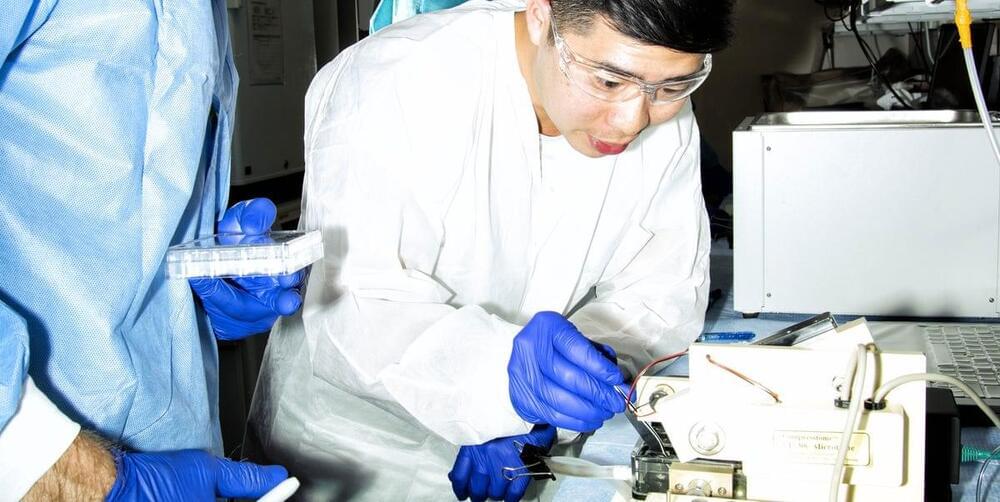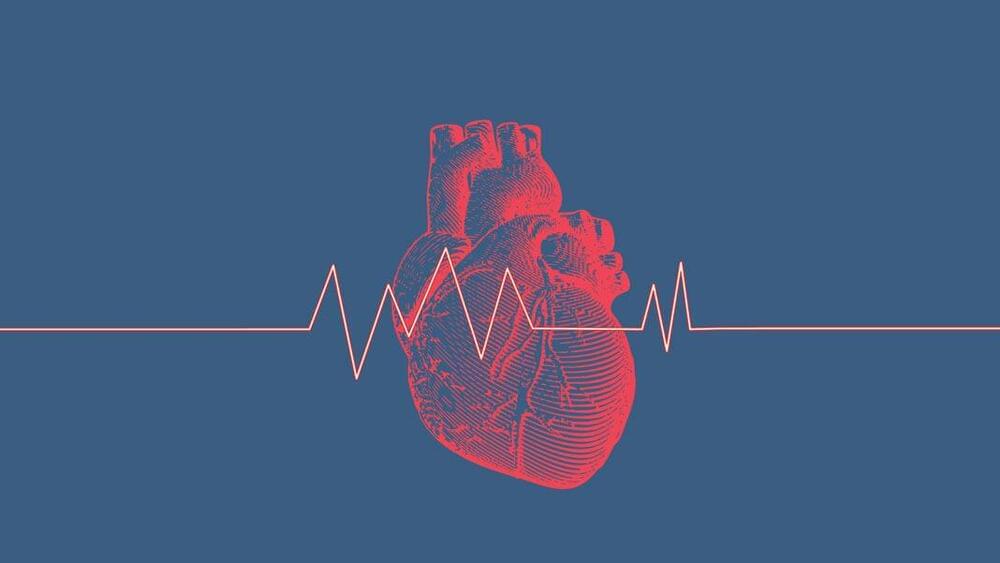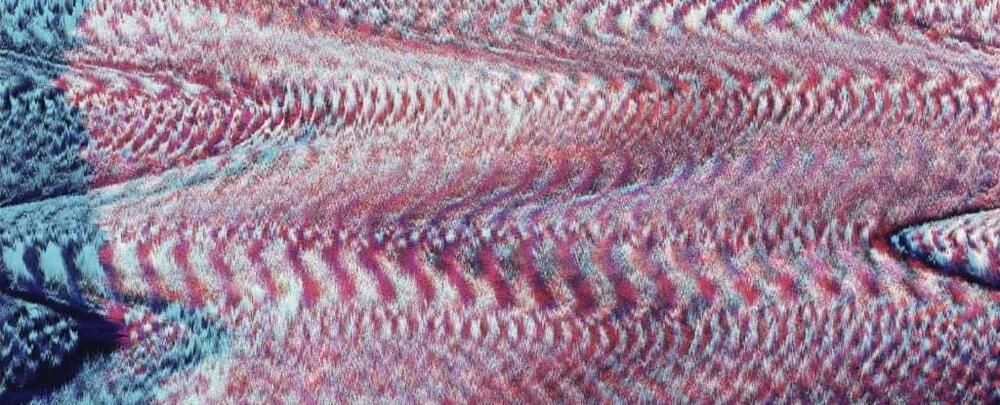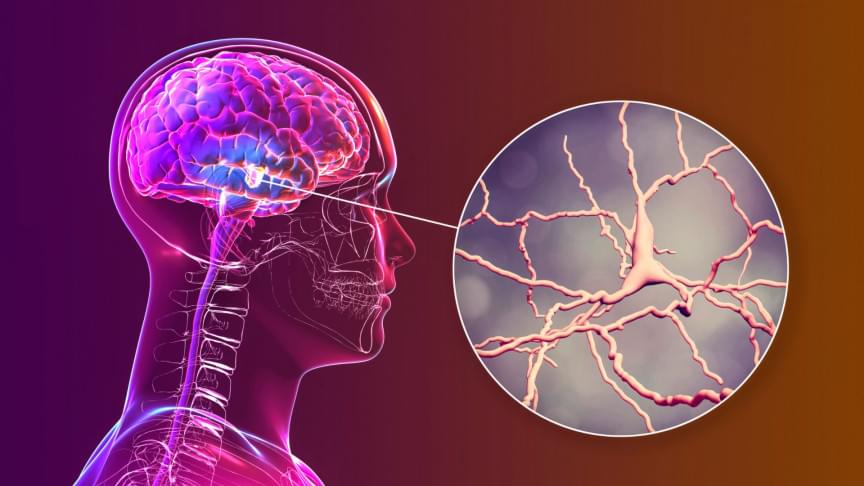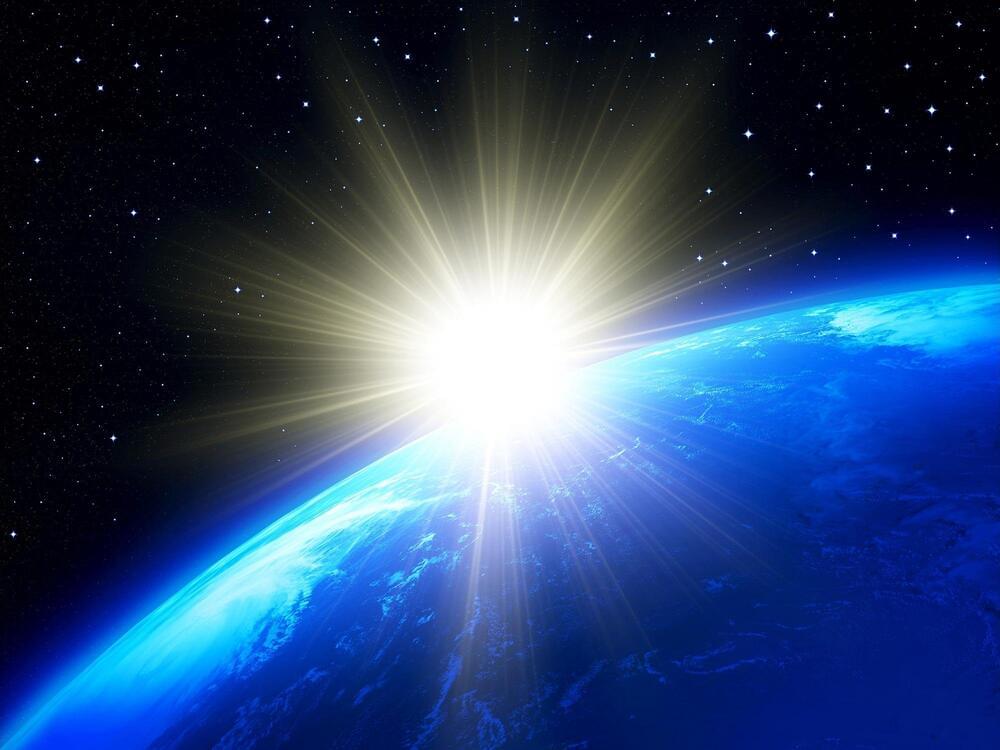True stories of indefatigable researchers, heroic engineers, and champions of, neuroscience who are finally turning the corner in the effort to understand, heal, and improve the human brain.
Al has a hard time walking up the stairs to his home’s second floor these days, so he lives on the first. In a lounge chair, surrounded by pictures of his family and the homes he built, he slowly, carefully crosses one knee at the ankle like he’s in a business meeting. His legs are thin and pale and papery. His face, too, has taken on a gauntness since the photo of his daughter’s wedding, mounted on the wall right in front of him, was taken back in 2009. Al lunges forward as if he might stand. But then, when he tries to say hello, all that comes out is a guttural moan. When Al, who is sixty-eight, was diagnosed with progressive supranuclear palsy (PSP) in 2012, he was not guaranteed even this. The disease, caused by degeneration of cells in areas of the brain associated with movement, balance, and thinking, often results in death in about seven years. It has no known cause and no cure.
